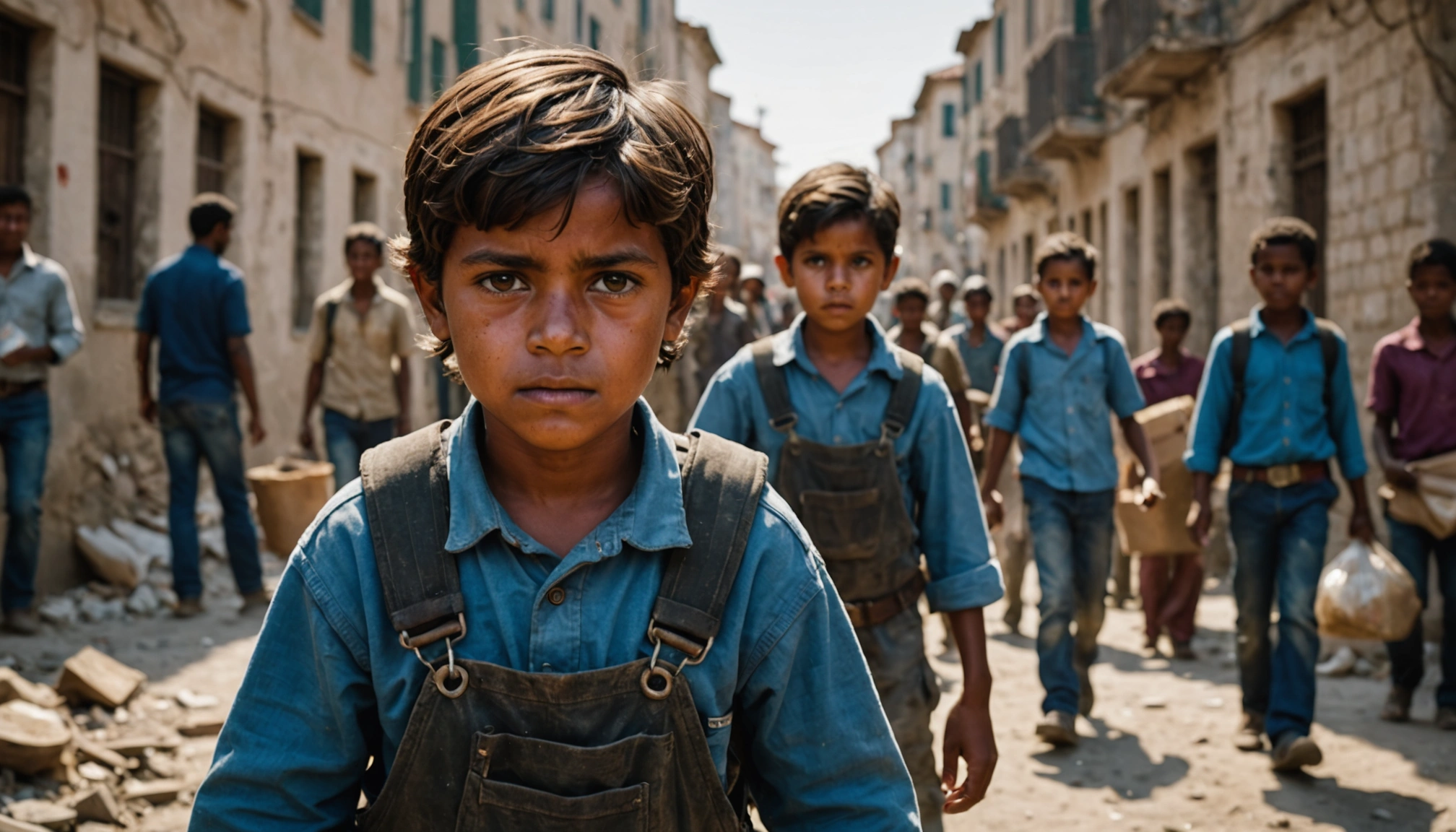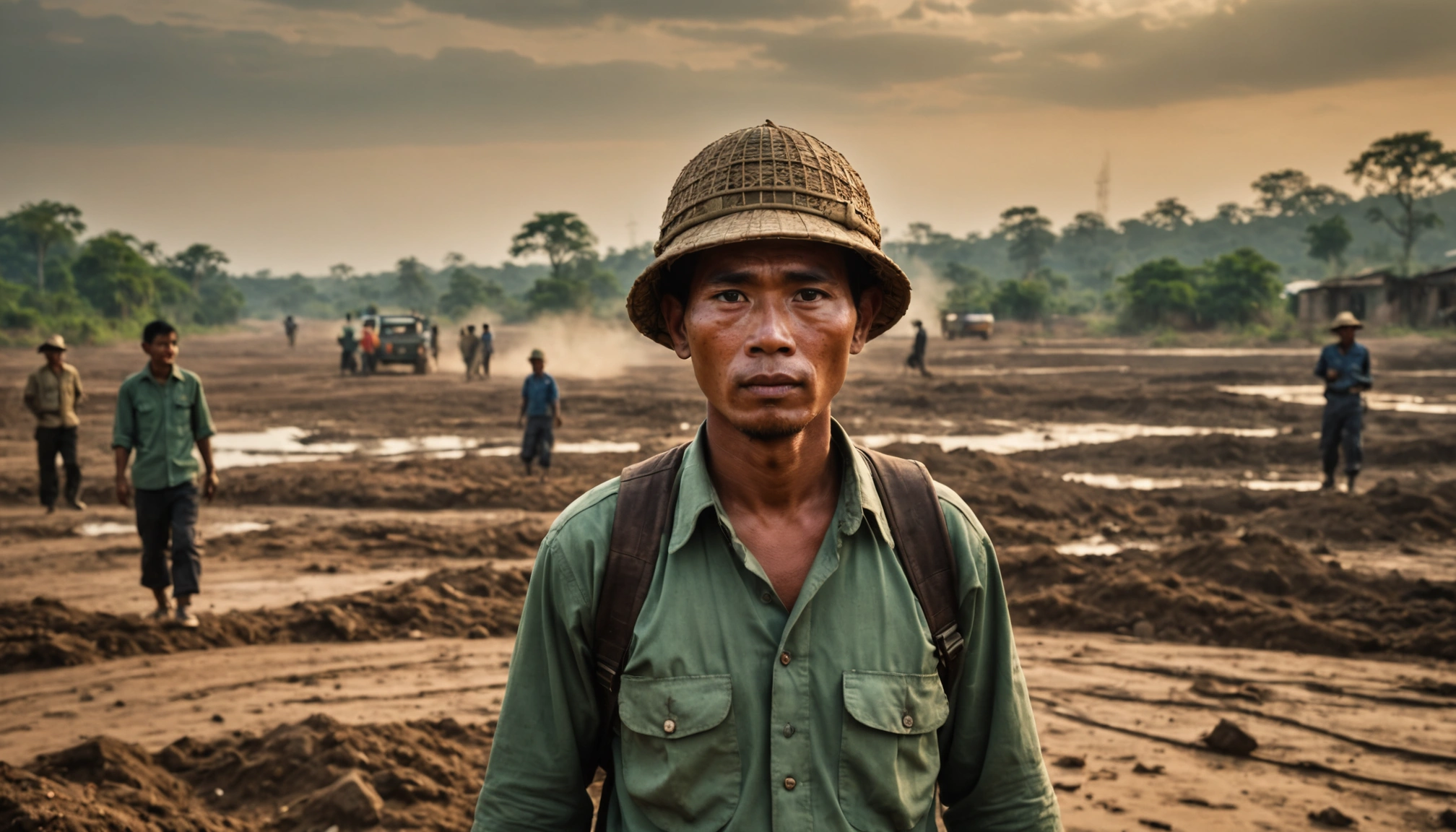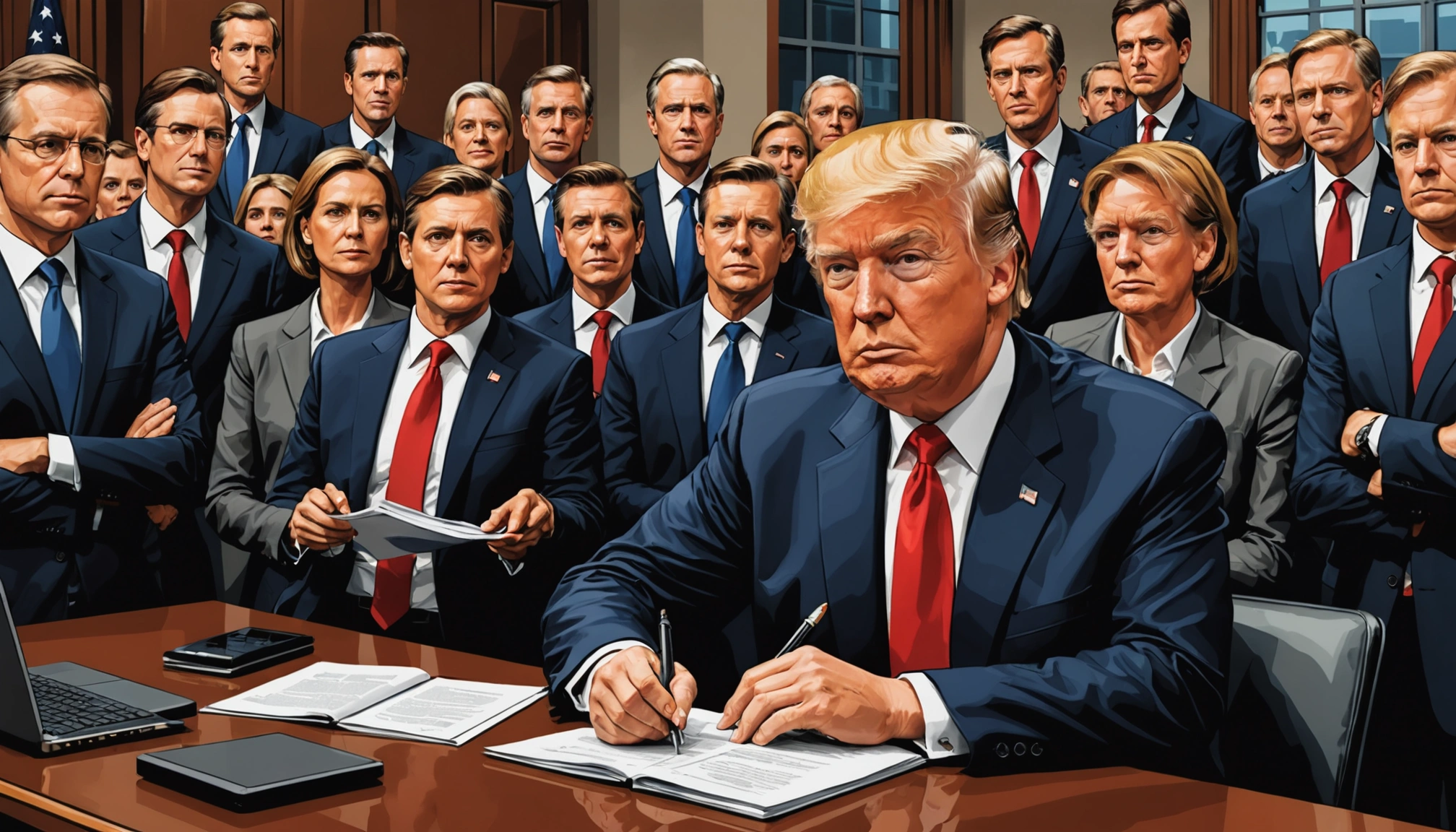Child Labor: EU and US Struggle to Protect Vulnerable Workers

The European Union and the United States continue to grapple with the persistent challenge of child labor, both within their borders and in global supply chains. Despite existing laws and increased awareness, children are still being exploited in various sectors, prompting renewed efforts to strengthen protections and hold businesses accountable.
The Scope of the Problem
Child labor, defined by the International Labour Organization (ILO) as work that deprives children of their childhood, potential, and dignity, remains a significant concern worldwide. Globally, an estimated 160 million children are engaged in child labor, with 79 million performing hazardous work. In the United States, the Department of Labor estimates that more than four million children are legally employed, while another one to two million are employed under illegal, often exploitative, conditions.
In Europe and Central Asia, 8.3 million children are in child labor, accounting for 5.7% of all children in the region. A staggering 95% of these children are involved in hazardous work that directly endangers their health, safety, and moral development.
EU Initiatives: A Focus on Supply Chains
The European Union has taken a firm stance against child labor, particularly within global supply chains. The EU Charter of Fundamental Rights explicitly prohibits child labor, and the EU has several laws in place to tackle forced labor, including those related to human trafficking.
The EU's approach includes:
- Zero-tolerance policy: The EU pursues a zero-tolerance approach to child labor in its international trade policy, setting high standards for climate, environmental, and labor protection in new trade agreements.
- Due diligence legislation: The EU is reviewing its due diligence legislation throughout the supply chain, focusing on human rights, environmental impacts, and child labor. This legislation would affect partnership agreements with producing countries and set out time-bound, measurable, and enforceable roadmaps.
- Corporate Sustainability Due Diligence Directive (CSDDD): Approved in May 2024, the CSDDD introduces obligations for large companies in the EU regarding human rights and environmental standards in their activities, including those of their subsidiaries and partners along their chain of activities. It cites the UN Convention on the Rights of the Child and highlights relevant child rights such as the prohibition of child labor, the right to health, access to education, and protection from economic exploitation.
- Forced Labour Regulation: Published in December 2024, this regulation prohibits the placement and sale in the EU or the export from the EU market of products made using forced labor or forced child labor, regardless of their geographic origin. It extends across all industries, from textiles and electronics to agriculture and mining.
- CLEAR Cotton Project: The EU works with the ILO and FAO to eliminate child labor in the cotton, textile, and garment value chains in countries such as Burkina Faso, Mali, Pakistan, and Peru.
- EU Strategy on the Rights of the Child (2021-2024): This strategy aims at tackling poverty and social exclusion, protecting and promoting the rights of children, and building the best possible life for them both in the European Union and across the world.
US Challenges: Weakened Protections and Increased Violations
In the United States, child labor laws are primarily governed by the Fair Labor Standards Act of 1938 (FLSA). The FLSA sets the minimum age for employment, restricts the hours youth under 16 may work, and prohibits youth under 18 from being employed in hazardous occupations.
However, several challenges persist:
- Increased violations: The Department of Labor reported an 88% increase in child labor violations since 2019. In 2023, the Wage and Hour Division found 955 cases with child labor violations, involving approximately 5,800 children employed illegally.
- Weakened state laws: At least 10 states have passed laws to weaken child labor standards in recent years, including extending working hours and eliminating work permits for teenagers.
- Agricultural exemptions: US labor law allows children of any age to work on small farms. At 12, children can work on any-sized farms with parental permission as long as they do not miss school. At 16, children can do jobs considered hazardous on farms, when in every other sector, you must be 18 to do hazardous work.
- Hazardous work: Investigative reports have revealed children working harrowing overnight shifts in slaughterhouses and using dangerous machinery in auto body plants.
- Vulnerable populations: Migrant and undocumented children are particularly vulnerable to exploitation, often filling labor gaps in industries that rely on low-skilled and flexible labor, including manufacturing, agriculture, and automotives.
Factors Contributing to Child Labor
Several factors contribute to the persistence of child labor in both the EU and the US:
- Poverty: Poverty and economic hardship often force families to rely on children's earnings for survival.
- Lack of access to education: Limited access to quality education and social protection systems can push children into the workforce.
- Weak enforcement: Gaps in legal and regulatory frameworks, coupled with inadequate enforcement, allow child labor to persist.
- Complex supply chains: The complexity of global supply chains makes it difficult to monitor and prevent child labor, particularly in upstream production of raw materials and commodities.
- Migration: Increased migration, including the presence of undocumented workers and their children, can create vulnerabilities to exploitation.
Moving Forward: Strengthening Protections and Accountability
Addressing child labor requires a multi-faceted approach that includes:
- Strengthening laws and regulations: Both the EU and the US need to strengthen their child labor laws and regulations, closing loopholes and ensuring that they are in line with international standards.
- Enhancing enforcement: Increased resources and training for labor inspectors are essential to effectively enforce child labor laws and hold violators accountable.
- Promoting corporate social responsibility: Companies must adopt and implement clear corporate policies that prohibit the use of child labor and set out expectations for ethical business practices for suppliers and business partners.
- Increasing supply chain transparency: Businesses need to track their supply chains down to the smallest supplier, conducting human rights due diligence to identify and mitigate risks of child labor.
- Addressing root causes: Tackling poverty, inequality, and lack of access to education and social protection is crucial to prevent child labor.
- Protecting vulnerable populations: Specific measures are needed to protect migrant and undocumented children, ensuring they have access to education, healthcare, and legal assistance.
- International cooperation: Collaboration between governments, international organizations, businesses, and civil society is essential to address child labor in global supply chains.
The fight against child labor is far from over. By strengthening protections, promoting accountability, and addressing the root causes of exploitation, the EU and the US can work towards a future where all children have the opportunity to learn, play, and reach their full potential.
Related Articles

EU Faces Uphill Battle Securing US Trade Pact Amid Trump's Tariff Threats

Myanmar's Rare Earths Boom: A Dirty Secret Fueling Green Tech
